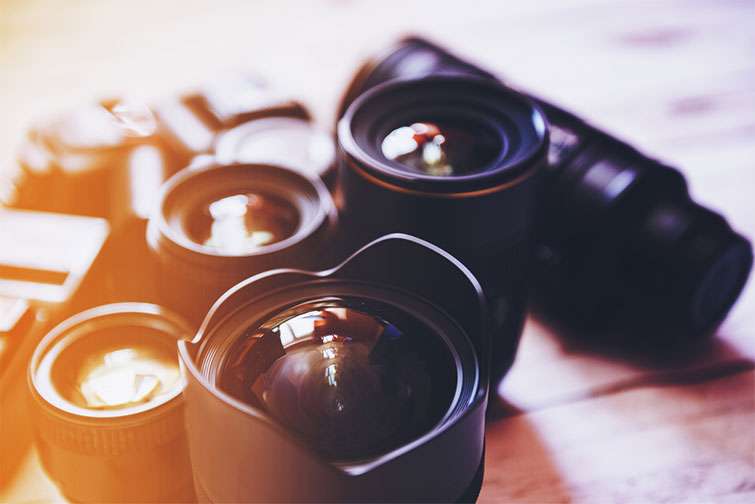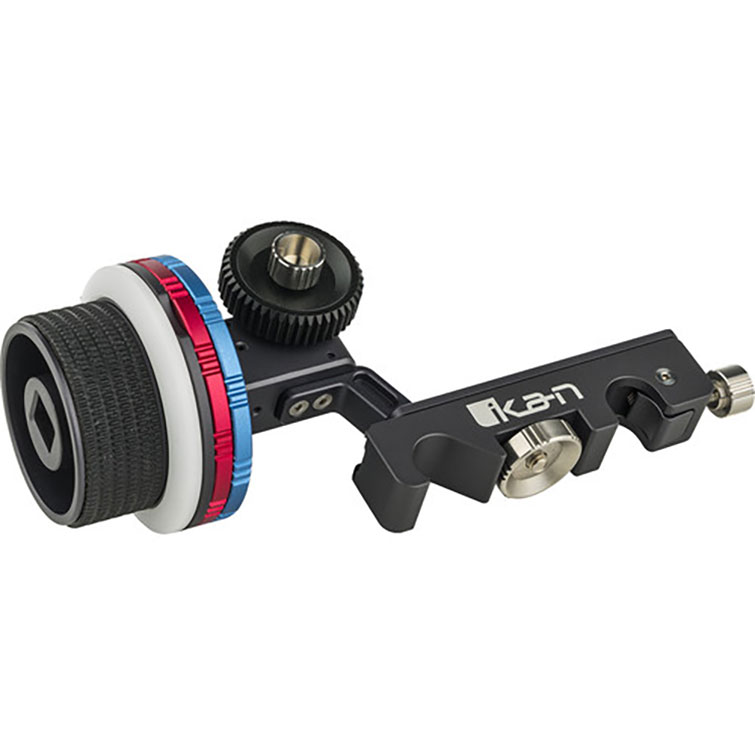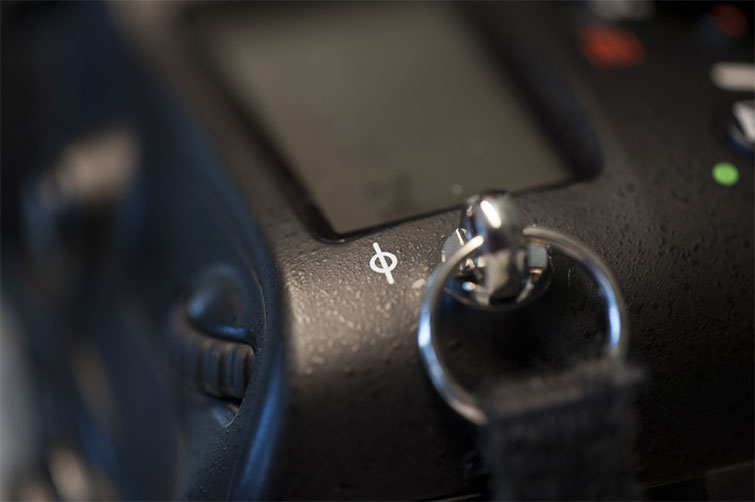
Finding the Focal Plane: Tips for Mastering Manual Focus
Focus is a major cornerstone of successful cinematography. Learn how to find the focal plane manually in every situation that might arise on set.
There might be thousands of recipes to make a beautiful gumbo, but every single one is going to start with the Cajun holy trinity of onions, bell peppers, and celery.
When it comes to solid camera work we can give you an endless amount of intricate tips, but everyone has to start with the divine trinity of operating a camera; exposure, framing, and focus. In this post we take a deep dive into manual focus, offering tips so that you can stay sharp on one of the most important skills in the world of cinematography.
Rolling Focus
When our subjects are on the move, our focal distances are as well. To maintain sharp focus I discuss predictive vs. reactionary focal techniques.
Predictive focus means to track and roll your focus with the subject, predicting their movements so you can maintain a rhythm that will allow you to always keep the subject in focus. This will prevent you from having a reactive focus, where the shooter waits until the subject is almost soft, or sometimes even slightly soft before rolling their focus.
In contrast, reactionary focus usually happens when the subject steps out of focus. This causes the camera operator to overcompensate and wrench the focus back the other way, past the focal plane, where now everything is out of focus. Focal adjustments should normally be tight concise moves. It’s rare you ever need to torque the focus wheel all the way back to maintain focus on a subject.
For some practice, try taking out a pet who plays fetch. Throw a stick or tennis ball off in the distance and maintain focus on them as they run away and eventually return (making sure to give some pats on the head in between reps).
Also, be sure to familiarize yourself with the lens that you will be shooting on. Canon and most other lenses will turn counterclockwise to focus towards infinity and clockwise to bring the focal plane closer. Nikon, Pentax, and a few other lenses (used less in the film world) rotate the opposite directions to adjust the focal plane.

Know your lenses inside and out. Image via Creative Lab.
Racking Focus
Racking focus is a movement from one focal plane to another, usually highlighting either a different subject or detail. This can be much more than a stylistic choice. It can actually convey narrative elements through visual storytelling, or adjust the eyeline of the audience. This tactic of forcing your audience’s eyeline by racking focus is an extremely nuanced technique, and it’s something great cinematographers have mastered and use all the time.
When racking focus you might want to bust out a trusty follow focus. We are currently using the IKAN system, which works quite well and includes hard stops. These hard stops allow you to set two focal distances on the follow focus and then quickly adjust between the two distances confidently, since the screws stop on the focal ring and physically can’t move any further.
If you find you need more than just two measurements, you can always use the marking disc on the follow focus system to set multiple distances. Or, if you are working directly on the lens, you can always place small tape markings on the lens itself to designate different distances.

Racking focus is more than a stylistic choice. Image via IKAN.
Measuring Focal Distance
Solo shooters will most likely just use the focus assist settings on your camera. But, if you find yourself on set, especially as an AC, learning how to properly measure focus is a must.
You can use a soft tape on a spool for this, a hard tape, or a laser to measure your distance. But, please don’t bust out the laser if you are measuring to a human subject. We do not want to be in the business of blinding our talent.
Simply take your tape and, if you are measuring to a person, the best spot is the bridge of the nose between their eyes. If this is uncomfortable you can measure to their temple instead. Take your measurement to the film plane indicator or focal plane indicator on your camera, not the end of your lens. This is the exact spot the sensor intersects the focal axis and it is marked by a symbol similar to the greek symbol “phi.” If you’re uncertain what that is, it looks like this.

Look for the focal point indicator. Image by maRRitch.
Next, take that measurement and match it to the focal markings on your lens. This will help you achieve critical focus. If you have multiple focal points in one take, make sure to measure out each point and then mark on your follow focus or lens.
Much like anything in life, truly becoming a master of anything takes time. But, hopefully these tips will help you crush your manual focus on all of your takes to come.
Cover image via MMXeon.
Interested in the tracks we used to make this video?
- “Lo-Fi Dreams” by Trending Music
- “Timeless Rose” by Aulx Studio
- “Laid Back Vibes” by High Street Music
- “Retro Vibes” by Wolves
- “A Vibe Called Quest” by Sounds Supreme
Looking for more gear tips to improve your cinematography? Check these out.





